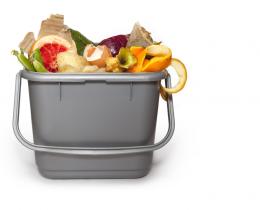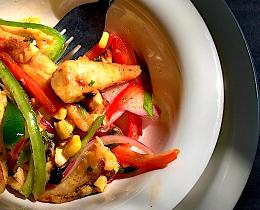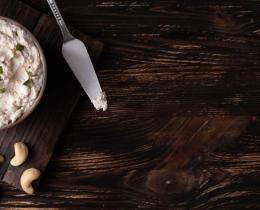Sauerkraut, like any other fermented food, follows a transformative process where taste and texture have been altered by the introduction of beneficial bacteria or fungi, otherwise known as lacto-fermentation. Beneficial is the point to stress in this recipe. Fermented foods such as sauerkraut are extremely high in vitamins—often in higher concentrations than the raw vegetables used to make the kraut—and are loaded with beneficial microbes and enzymes simply not found in cooked and commercially processed foods.
Of all things lacto-fermented, sauerkraut is likely the easiest, most customizable, and risk-free of the fermentation recipes to tackle. Think of it as the gateway recipe to fermentation.



